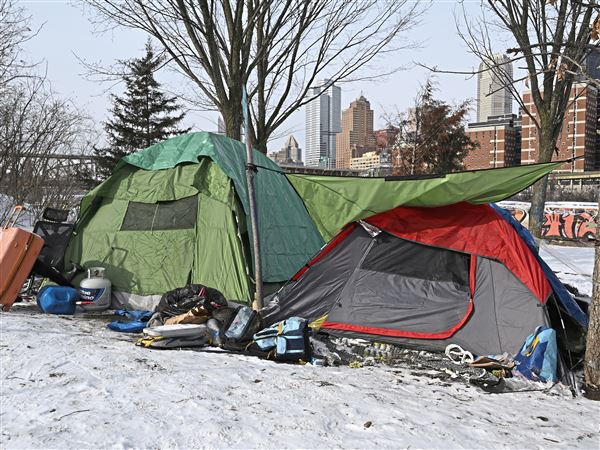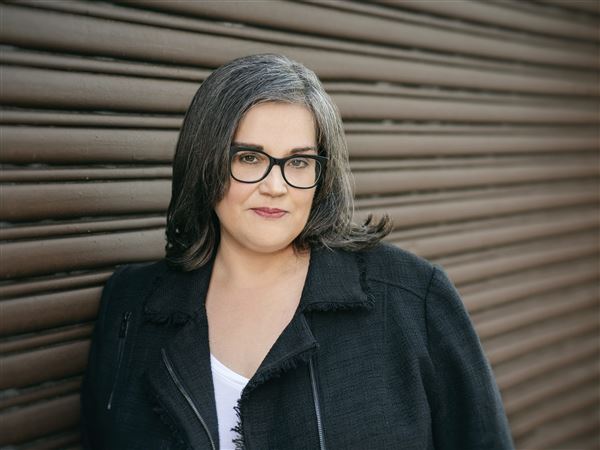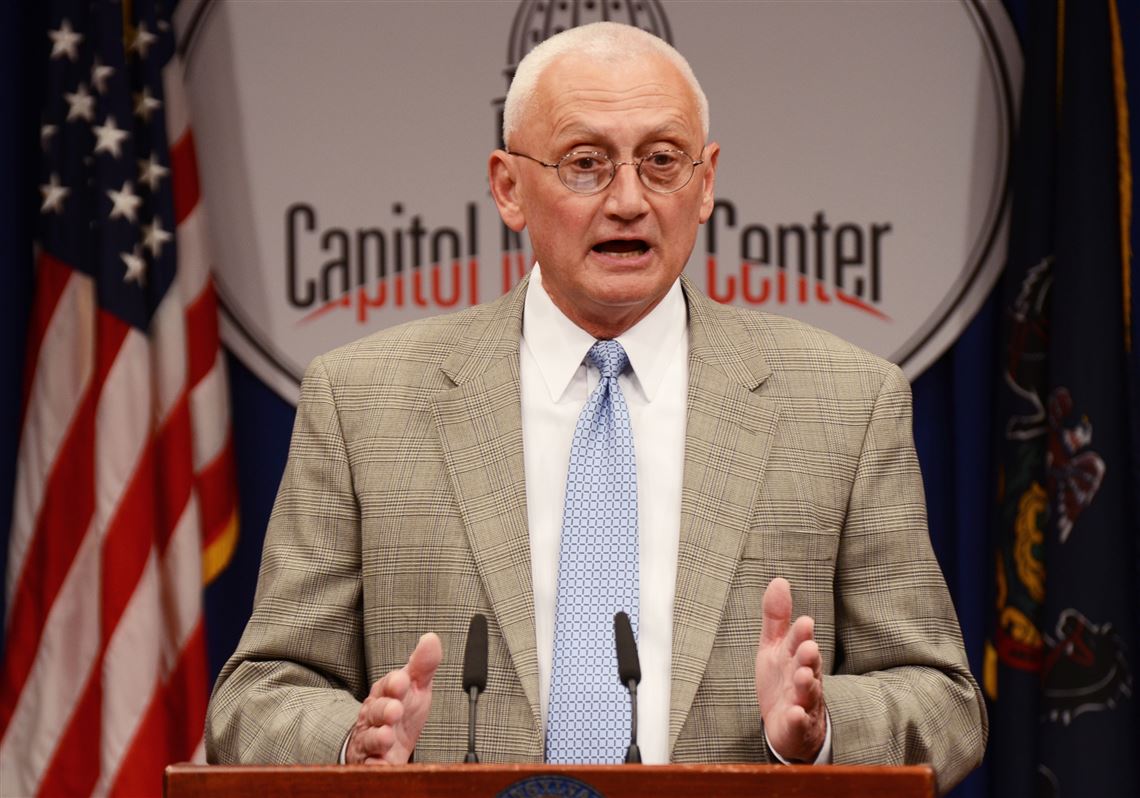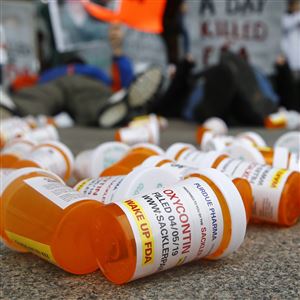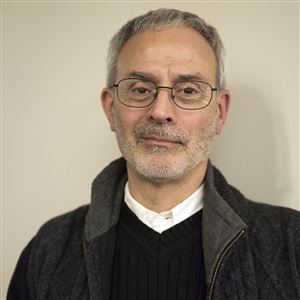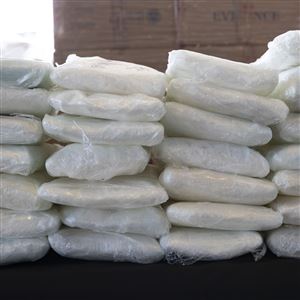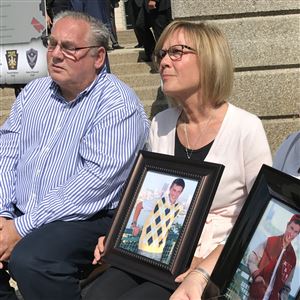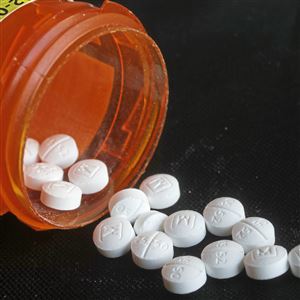A drug often used to control opioid addiction — but sometimes sold on the street — might become harder to get under legislation moving through the General Assembly even as it draws opposition from doctors.
The legislation comes as different camps within the drug rehabilitation sector battle over the future of their industry. Facilities with scores of rehab beds worry that easy availability of buprenorphine (often referred to by the brand name Suboxone) could undermine the residential model.
Buprenorphine is an opioid that allows patients to get off of heroin or prescription painkillers without wrenching withdrawal. A small fraction of doctors are allowed to prescribe it. A few have been prosecuted for dishing it out willy-nilly.
“These doctors or clinics are just seeing this patient one time a month, writing another prescription, which is a 30-day supply, and sending them out the door with no counseling,” said state Rep. Gene DiGirolamo, R-Bucks, a supporter of the bill to add state rules to the existing federal framework governing buprenorphine.
"The addicts are getting a 30-day supply, using some of it or maybe not using any of it, and taking it on the street and selling it.”
The Pennsylvania Medical Society and the Pennsylvania Psychiatric Society, though, believe state regulation “has the potential of denying lifesaving medical treatment to Pennsylvanians in need of substance use treatment," the presidents of the two organizations wrote in a letter to legislators last month.
“I’m confused, during this time of the war on opioids, that we would be limiting resources for people instead of expanding them," said Joni Schwager, executive director of the Downtown-based Staunton Farm Foundation, which has paid grants to health clinics to add buprenorphine programs. "Many people have been successfully treated using buprenorphine, and I think the more that we can get people in treatment, the fewer people will die, and [more people] will be able to lead productive lives.”
The drugs used to ease people off of heroin have been studied and are regulated.
Federal law requires that methadone be dispensed via daily clinic visits. The harder-to-abuse buprenorphine can be prescribed monthly. The most common buprenorphine formulation — Suboxone — also includes naloxone, which largely prevents the patient from getting high or overdosing on opioids. (Mixing buprenorphine with depressants like Valium or Xanax can kill.)
"In a perfect world, Suboxone with therapy is the way to [treat opioid addiction]. That's the gold standard," said John P. Gallagher, a physician who chairs both the Pennsylvania Medical Society's board of trustees and that group's Opioid Task Force. "The surgeon general has said that. The evidence says that."
Still, there are around a dozen counties in the state with zero or one buprenorphine prescriber.
Doctors who want to prescribe buprenorphine must get eight hours of training. Then the Drug Enforcement Administration allows them to prescribe to 30 patients the first year, ramping up over time to a maximum of 275 patients.
Senate Bill 675 would require that doctors who prescribe buprenorphine also get special state licenses and pay new fees of as much as $500. Patients getting the drug would have to be enrolled in addiction treatment programs licensed by the state. A doctor who didn’t comply could face fines or suspension or revocation of their license to practice.
Use of buprenorphine, even long-term, is "better than the alternative, which is heroin and death," said Sen. Kim Ward, R-Hempfield, who has seen addiction and overdose in her extended family. "Having counseling is a very important part of recovery," she added, so she voted for the bill.
The bill cleared the Senate last month in a 41-9 vote, and Mr. DiGirolamo plans to call for a vote in the House Human Services Committee, which he chairs, as early as Sept. 18.
Dr. Gallagher warned that the bill, if passed, could counteract years of efforts to get more doctors to prescribe buprenorphine for struggling opioid users, and make it impossible to prescribe the drug in areas without state-licensed counselors.
State Rep. Mike Schlossberg, D-Allentown, said he's proposing a different approach: A state database of addiction medicine prescribers, and a ban on cash-only buprenorphine clinics — but no licenses, fees or therapy mandates.
The push to rein in buprenorphine prescribing comes as residential drug rehab providers struggle to keep their model viable.
Increasing adoption of buprenorphine reflects a push toward the “least expensive level of care” backed by “disinformation” suggesting “that [medication] is a silver bullet,” complained Louis Wagner, executive director of the 48-bed, abstinence-only SpiritLife rehab, located in Indiana County, at a state House Human Services Committee meeting in September.
Over just a few years, rehab centers responding to the opioid epidemic added nearly 400 beds in Western Pennsylvania, according to David McAdoo, who heads two organizations that, combined, manage Medicaid-paid behavioral health in Armstrong, Butler, Crawford, Indiana, Lawrence, Mercer, Venango, Washington and Westmoreland counties. "The challenge was that the demand did not go up consistent with the bed increase," he wrote in an email exchange this week. That means empty, unbilled beds.
Complicating matters, the state a year ago changed the way it steers Medicaid recipients to addiction treatment. It abandoned an outdated blueprint for assigning patients to rehab, and joined three dozen states using a model created by the American Society of Addiction Medicine, which puts more emphasis on medication-assisted treatment.
In the nine counties in which Mr. McAdoo works, the number of patients going to outpatient services stayed steady after the ASAM system was implemented, while the number of residential rehab patients dipped 7% from a peak in 2017 to levels seen in 2016.
Such a shift would be consistent with studies finding that medication combined with outpatient therapy is more effective than residential rehab in keeping people off of illicit drugs, said Secretary Jennifer Smith of the state Department of Drug and Alcohol Programs.
Mr. DiGirolamo said he wants to "protect residential rehab” amid the shift to the ASAM system. Some other legislators, though, accept the shift away from that model.
"Those 30-day [residential rehab] programs are virtually worthless, and yet a lot of people made a lot of money on those programs," said state Sen. Gene Yaw, R-Lycoming, who has written several laws responding to the opioid epidemic, but voted against Senate Bill 675. "I'm not saying there's anything wrong with it," he added, because residential rehab was consistent with “our thinking at the time.”
Secretary Smith said she believes that a number of factors have conspired to leave residential rehab beds empty — but a coming challenge might fill them again.
“We're on the downward slope of the opioid crisis. Unfortunately, what's picking up in its place is cocaine and methamphetamine,” she said. There’s no medication-assisted treatment for those addictions. “We will absolutely need our inpatient facilities."
Rich Lord: rlord@post-gazette.com or 412-263-1542
First Published: July 16, 2019, 6:52 p.m.
Updated: July 16, 2019, 7:06 p.m.


